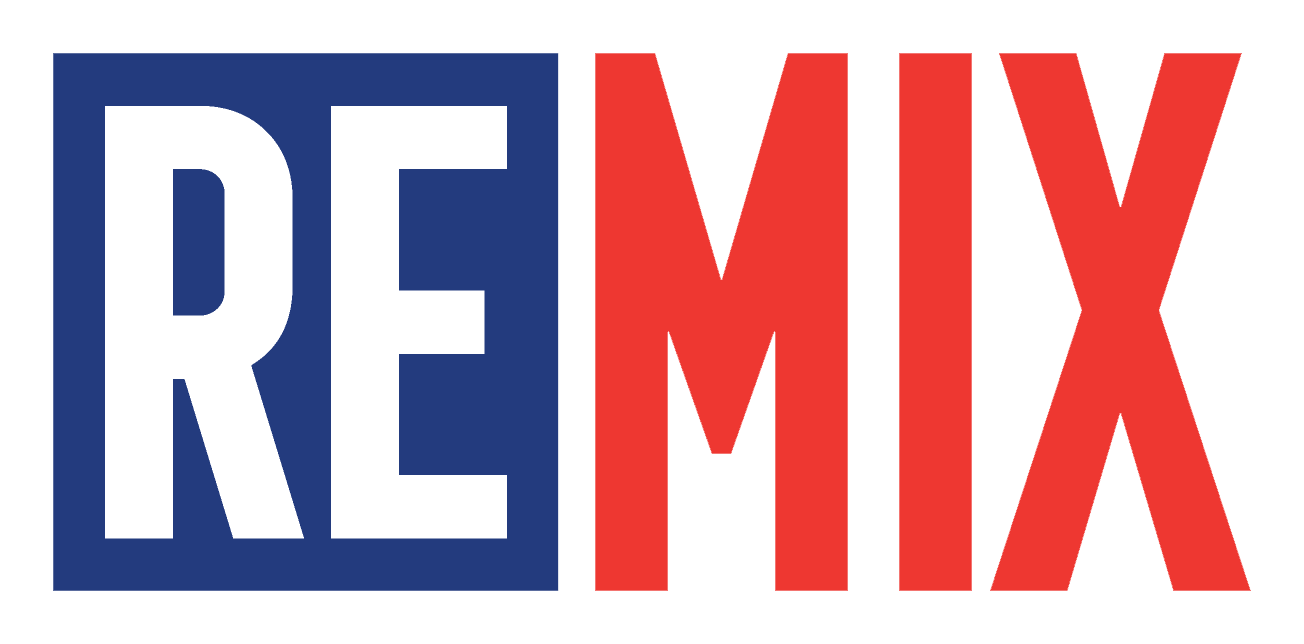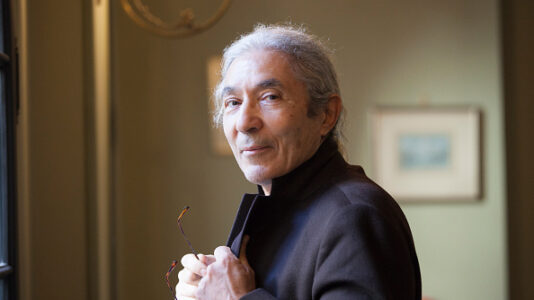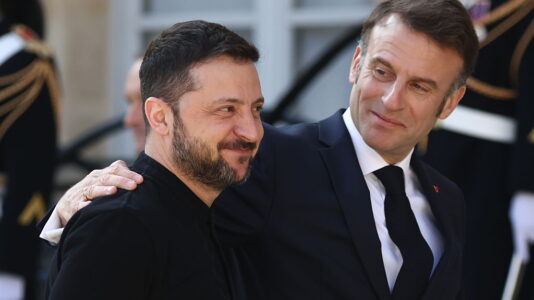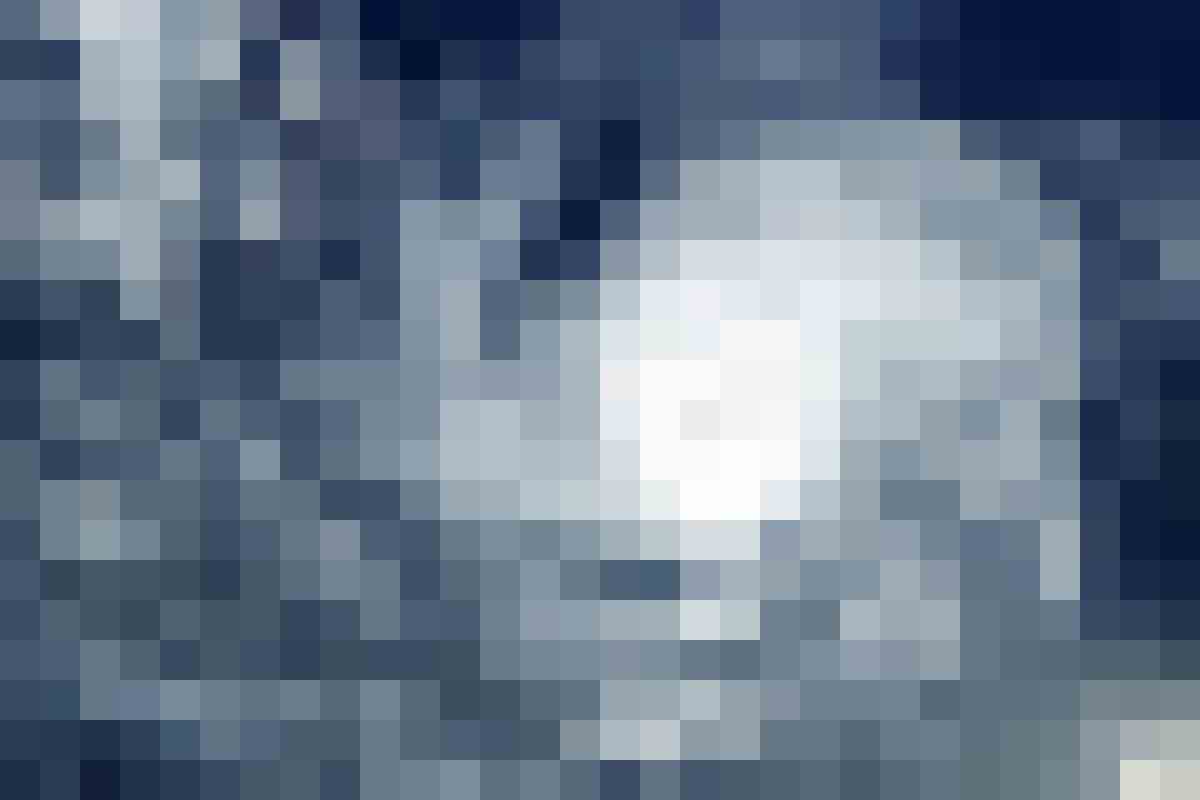The French Customs Service tells Le Figaro that to stop ever more ingenious criminals, the authorities are betting on technology and stepping up operations on the high seas.
The “white tsunami” of cocaine is sweeping the country like never before. The quantities seized are staggering, as demonstrated by the 110.8 tons of drugs discovered by customs in 2024, a jump of 18 percent in one year. Now, “narcos” and their powerful networks are redoubling their imagination to move the merchandise.
With 16,500 agents present in all the country’s ports, airports, railway stations and road networks, customs are on the front line. Responsible for 70 percent of all drug seizures, they provide Le Figaro with an edifying account of a field in full metamorphosis.
“While international maritime freight, via containers, remains the means of transporting the largest quantities, the road, traditionally reserved for smugglers of weed and cannabis resin, has for several months now become a vector increasingly used by cocaine traffickers,” reveals Corinne Cléostrate, deputy director of customs, responsible for the fight against fraud and trafficking.
Analysts have highlighted the fact that the “powder” circulates across the country in a south-north direction, “hidden” in ingenious systems. On Feb. 10, for example, the Hendaye brigade inspected a suspicious pick-up truck coming from Spain and supposedly bound for Poland. “After opening an access hatch with a crowbar and cutting the trailer open with an angle grinder, we discovered loaves of cocaine in the frames, accessible via rope systems,” says an officer. In all, 58 kilos of merchandise, valued at over €3.8 million.
A week earlier, at the Thun-l’Évêque toll booth, Hauts-de-France agents intercepted 438 kilos of cocaine in a truck supposedly carrying cosmetics between Portugal and Germany. Here again, customs officers had to get out the industrial grinder to access the fitted cache. “It took several hours to get to the drugs,” grimaces an executive. The driver, an incoherent Romanian who was juggling several phones, was apprehended with a large sum of cash.
“We are faced with an unprecedented phenomenon,” confirms the Customs Department. Since the health crisis, criminal organizations have shown a particular agility. After a spectacular rise in cocaine seizures in 2022-2023 in Northern European ports, particularly in Belgium and the Netherlands, where the authorities have invested in technology to secure their port facilities, we are seeing a carry-over effect towards Scandinavian countries as well as France.”
Particularly targeted because of the 1 million cocaine addicts who live there, France is also the obligatory transit point for logisticians coming from Spain to deliver to Italy, Germany, the Benelux countries or even Eastern Europe, as in the case of this refrigerated lorry stopped by customs officers while en route to Romania with 136 packages of cocaine weighing 153 kilos and worth almost 10 million euros.
“As soon as they detect us, the smugglers use bypass routes and subterfuge,” grumbled a customs officer. To evade controls, they use their boundless imagination to invent new hiding places. Straight out of the most fertile minds, the “hideouts” uncovered are worthy of an organized crime Lépine competition. For example, on Oct. 23, thanks to the nose of a narcotics dog, the Bordeaux customs brigade extracted over 1.2 tons of cannabis hidden in 66 bedsprings that were to be delivered to Great Britain.
A month later, agents in Menton uncovered 1.4 tons of cannabis pollen behind potted palms and bags of potting soil. The fragrant merchandise, valued at €14 million and driven by the “organic” trend currently very much in vogue among “bobo” users, was to be sold in Italy. As the operation progressed, the drugs were discovered in the most unlikely places.
A visit to the customs officers in Chilly-Mazarin is enough to convince you of this: a little bewildered, they found pure cocaine in walnut and peanut shells from Cayenne. “One by one, each shell had been scooped out of its fruit before being stuffed with powder,” says an agent, recalling that his colleagues also intercepted 364 grams of cocaine concealed in 364 red coat buttons.
In the same office, agents confiscated several hundred grams of drugs in shampoo bottles from Fort-de-France and large Brazilian cigars. Hashish sandwiches, sweet potatoes or even religious candles filled with “coke,” the white powder placed in hollowed-out wooden logs, birth book covers, glass cans of Martinique chillies… Any object seems to do the trick.
“Recently, we found cocaine in a box of Ferrero Rocher chocolates, in the flat screen of a laptop, and even in the belly of an African elephant statuette,” adds the head of customs, where they keep a photo album that says more about the mad creativity of smugglers than any summary of drug trafficking. This inventory might make you smile if death wasn’t at the end of the road.
“Criminal gangs deploy enormous resources in the service of unlimited audacity,” insists Corinne Cléostrate. When seizures are made, we are increasingly discovering wave jammers and beacons that enable shipments to be geolocated 24 hours a day. This business logic ensures that the drugs are delivered safely to port and that we can react immediately when a shipment goes off course.”
The authorities have made no secret of the fact that the financial clout of the drug mafias is such that they can afford almost anything. With enough cash to bribe dockworkers and public officials, they have vehicles of all sizes and a thicket of shell companies at their disposal. According to sources, the customs officers recently dismantled a criminal structure that was importing bales of cocaine by the containerload to France, via an exotic fruit export company based in Ecuador. The “dope,” buried under loads of bananas, was then to be received by salaried accomplices in French ports.
On the other hand, law enforcement agencies have to fight constantly to keep up. But the global tug-of-war is sometimes unequal. “The networks are way ahead of us, so it’s getting complicated,” sighs a specialized officer off the record. Once the tsunami has reached France, the hunt is far from over.
In addition to the go-fast convoys, with up to seven or eight “opener,” “carrier,” and “follower” vehicles, smugglers use other tactical devices to deceive the vigilance of customs officers,” confides the director in charge of the fight against trafficking. They can divert attention with a large car likely to attract suspicion, and smuggle the drugs in a more ordinary car driven by elderly people or young students to make ends meet.
To spot drug-contaminated convoys in the stream of millions of containers and parcels shipped by express freight, customs have embarked on a technological shift. The aim? Enhance detection with mobile scanner trucks, 22-ton behemoths equipped with articulated arms, and drones capable of detecting “cross-border movements of prohibited goods.”
Our technological watch is supported by artificial intelligence and the latest data science techniques, which enable us to detect anomalies and suspicious shipments,” notes Corinne Cléostrate. The massification of goods flows linked to the rise of e-commerce is matched by the strategy of criminal organizations, which aim to saturate controls by multiplying shipments.”
On the ground, cash seizures are multiplying. According to our information, a Belgian traveler was recently arrested at the Gare du Nord in possession of €400,000 in small denominations. On March 15, the Fréjus brigade discovered some €103,000 in used banknotes, divided into nine bundles of 50, 20 and 10 euros and concealed in a pair of socks.
“Tracking down drugs is no longer enough. We need to follow the money and suffocate the traffickers’ underground economy,” Le Figaro quoted Public Accounts Minister Amélie de Montchalin as saying. Every euro seized means fewer drugs on our territories, in our towns and countryside.” Last year, customs seized no less than €71.2 million in cash, most of it dirty money derived from trafficking and money laundering. That’s an increase of 20 million in four years. But France still needs to change gear to bring down the hydra. “We’re facing a truly international crime scene,” says Corinne Cléostrate.
Highly segmented, a single cocaine network can now include a South American organization exporting to Europe, relayed by Balkan teams, notably Serbian and Albanian, in charge of logistics, as well as Afro-Maghrebi gangs from housing estates, who ensure last-mile deliveries and supply the points where powder is traded for around €60 a gram.
Anxious to strike deep, before the drug floods the country, customs coastguards harpoon cargoes on the high seas, like the 573 kilos of cocaine seized last June in the West Indies, or the 4 tons found four months later in a Tanzanian cargo ship, more than 300 kilometers northeast of the Canary Islands. Hardly shaken by these blows, the drug kingpins continue their shipments with an incredible sense of impunity. The biggest haul ever made in France dates back to the beginning of the month, when ten tons of cocaine were found stacked in cardboard boxes in a twenty-foot container in the port of Dunkirk.
“They didn’t even try to conceal the merchandise, even though it was estimated to be worth €400 million,” confides a customs officer, a little dumbfounded. Not hesitating to test the marketing of new products, such as the dreaded “pink cocaine,” also known as “Pink C” or “Pink Panther” to boost its appeal, the merchants of death prosper thanks to the guilty complicity of consumers.






